Home>Garden Essentials>How Much Grass Seed For 1/2 Acre
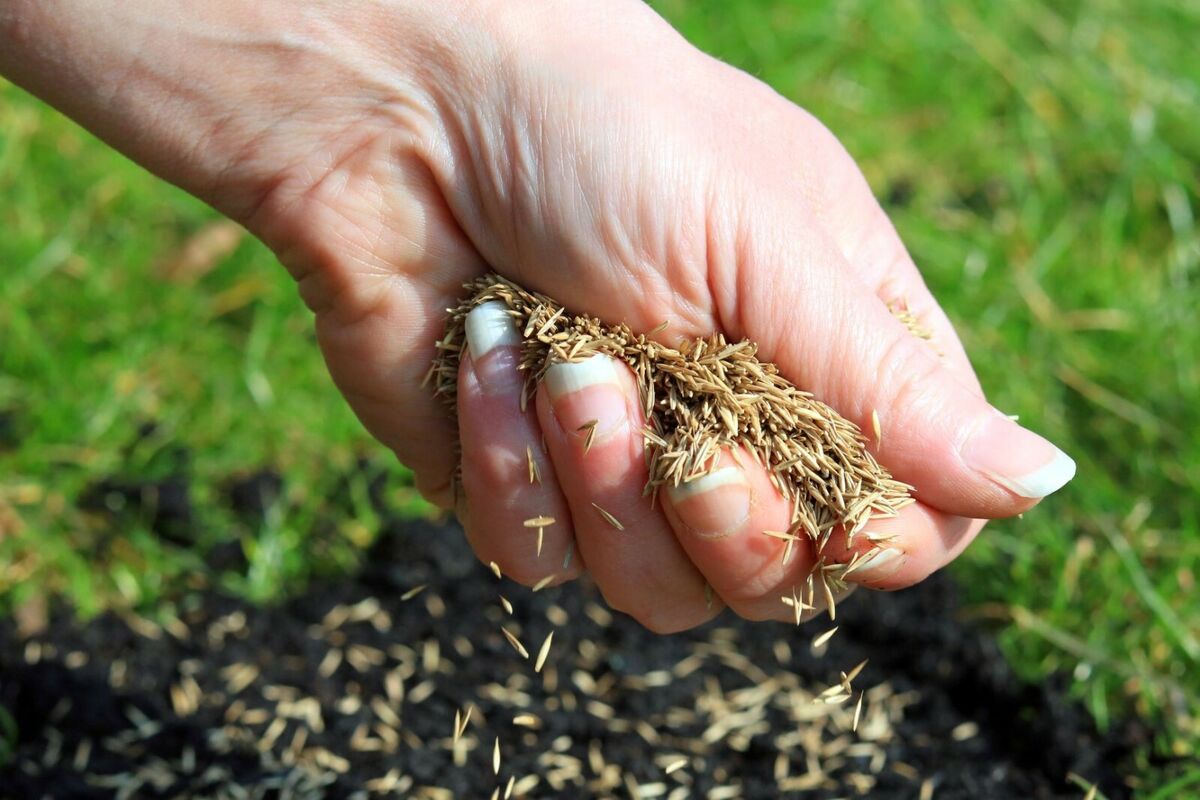

Garden Essentials
How Much Grass Seed For 1/2 Acre
Modified: October 18, 2024
Discover how much grass seed you need for your 1/2 acre garden and achieve a lush and healthy lawn. Find expert tips and advice to grow the perfect garden.
(Many of the links in this article redirect to a specific reviewed product. Your purchase of these products through affiliate links helps to generate commission for Storables.com, at no extra cost. Learn more)
Introduction
Welcome to our guide on how much grass seed to use for a 1/2 acre lawn. Whether you’re a seasoned gardener or a beginner, understanding the correct amount of grass seed to use for your lawn is crucial for achieving optimal results. With the right amount of seed, you can ensure a lush, healthy lawn that will be the envy of your neighbors.
When it comes to determining how much grass seed is needed for a 1/2 acre lawn, there are several factors to consider. These include the type of grass seed, soil conditions, and the desired density of your lawn. By taking these factors into account, you can calculate the ideal seed amount and achieve the best possible results.
In this comprehensive guide, we will walk you through the process of calculating the right amount of grass seed for your 1/2 acre lawn. We’ll also provide you with recommended grass seed rates and offer tips on adjusting for variations in seed types and soil conditions. Let’s get started!
Before diving into the specifics, it’s important to note that there is no one-size-fits-all answer to how much grass seed you should use for a 1/2 acre lawn. The optimal seed amount can vary depending on factors such as climate, grass variety, and personal preference. However, by considering the following factors and following some general guidelines, you can determine the right amount of seed to achieve a beautiful and healthy lawn.
### Factors to Consider
Key Takeaways:
- Calculate the right amount of grass seed for your 1/2 acre lawn by considering factors like grass type, soil conditions, and desired density. Follow recommended rates and adjust for variations to achieve a lush, healthy lawn.
- Prepare the soil, choose the right seeding method, and provide optimal growing conditions to maximize the success of your grass seed. Patience and proper care will lead to a beautiful, vibrant lawn.
Read more: How Much Clover Seed Per Acre
Factors to Consider
When determining how much grass seed to use for your 1/2 acre lawn, there are several factors to take into consideration:
- Grass Type: Different grass varieties have different coverage rates. Some types of grass require more seeds per square foot to achieve the desired density. Before calculating the seed amount, identify the specific grass type you plan to use for your lawn.
- Desired Density: Consider the level of lushness you want to achieve with your lawn. A dense lawn requires more seed per square foot to create a thick carpet-like appearance, while a less dense lawn may require less seed.
- Climate and Growing Conditions: Climate plays a crucial role in determining the success of your lawn. Consider the temperature, rainfall, and sunlight conditions in your region. Certain grass varieties are better suited for specific climates, and this may affect the amount of seed required.
- Seed Quality: The quality of the grass seed can affect germination and establishment rates. Higher-quality seed typically requires less quantity to achieve desirable results. Investing in top-quality seed can save you time and effort in the long run.
- Seed Mixture: If you plan to create a lawn using a seed mixture that consists of multiple grass types, you’ll need to take this into account when calculating the seed amount. Determine the percentage of each grass type in the mixture and adjust accordingly.
- Seed Age: The age of the seed can impact its germination rate. Older or expired seed may require a higher quantity to compensate for reduced viability.
Take the time to research and understand these factors before proceeding with calculating the seed amount. By doing so, you’ll be better equipped to make informed decisions and achieve the best outcome for your 1/2 acre lawn.
### Calculating Seed Amount
Calculating Seed Amount
Now that you’re aware of the important factors to consider, let’s delve into the process of calculating the right amount of grass seed for your 1/2 acre lawn:
- Measure Your Lawn: Begin by accurately measuring the area of your lawn in square feet. For a 1/2 acre lawn, you have approximately 21,780 square feet to cover.
- Determine Recommended Seed Rate: Each seed variety has a recommended seeding rate provided by the manufacturer. This rate indicates the amount of seed required to achieve the optimal density for that specific variety. It is usually measured in pounds of seed per 1,000 square feet.
- Calculate Seed Amount: To calculate the seed amount for your 1/2 acre lawn, start by converting the square footage to 1,000 square foot increments. Divide the total square footage (21,780) by 1,000, which equals 21.78. Multiply this number by the recommended seed rate to get the rough seed amount in pounds.
- Adjust for Seed Purity: Most grass seed bags indicate the percentage of pure seed contained in the package. Multiply the rough seed amount calculated in the previous step by the purity percentage to obtain the adjusted seed amount. This adjustment accounts for any fillers or inert material in the seed mixture.
- Consider Oversowing: If you aim to achieve a denser lawn or have poor soil conditions, you may want to consider overseeding. This involves using a higher seed rate than the recommended rate to compensate for factors that inhibit grass growth. Consult with a local lawn care expert or follow the guidelines provided by the seed manufacturer for oversowing.
By following these steps, you can calculate the approximate seed amount needed for your 1/2 acre lawn. However, keep in mind that these calculations provide a starting point, and adjustments may be required based on specific conditions and personal preferences.
### Disclaimer: Remember to always refer to the specific instructions provided by the grass seed manufacturer for accurate seed rates and recommendations.
Recommended Grass Seed Rates
When it comes to seeding your 1/2 acre lawn, it’s helpful to have a general idea of the recommended grass seed rates for various grass types. Here are some commonly used grass varieties and their recommended seed rates:
- Kentucky Bluegrass: This cool-season grass is popular for its lush appearance and ability to handle heavy foot traffic. The recommended seeding rate for Kentucky Bluegrass is typically around 2-3 pounds per 1,000 square feet.
- Tall Fescue: Known for its durability and adaptability to a wide range of climates, Tall Fescue is a popular choice for lawns. The recommended seed rate for Tall Fescue ranges from 5-8 pounds per 1,000 square feet to achieve optimal density.
- Perennial Ryegrass: Perennial Ryegrass is a fast-growing grass that establishes quickly, making it ideal for overseeding and temporary lawns. The recommended seed rate for Perennial Ryegrass is typically around 6-8 pounds per 1,000 square feet.
- Bermuda Grass: Bermuda Grass is a warm-season grass known for its excellent heat and drought tolerance. The recommended seeding rate for Bermuda Grass ranges from 1-2 pounds per 1,000 square feet.
- Zoysia Grass: Zoysia Grass is a warm-season grass that forms a dense, lush carpet-like lawn. The recommended seed rate for Zoysia Grass is typically around 1-2 pounds per 1,000 square feet.
These are just a few examples of popular grass varieties and their recommended seed rates. It’s important to note that the recommended rates may vary based on factors such as climate, soil conditions, and personal preference. Always refer to the specific recommendations provided by the grass seed manufacturer for accurate rates.
Remember that oversowing, as mentioned earlier, may require higher seed rates to achieve the desired density. Consult with a local lawn care expert or refer to the instructions provided by the seed manufacturer for specific oversowing recommendations.
Now that you’re aware of the recommended seed rates for different grass types, you can adjust the seed amount calculated earlier based on your chosen grass variety.
### Disclaimer: The recommended seed rates mentioned here are general guidelines and may vary depending on specific conditions. Always refer to the instructions provided by the grass seed manufacturer for accurate rates and recommendations.
For 1/2 acre, you’ll need about 25 pounds of grass seed for a new lawn, or 12-15 pounds for overseeding an existing lawn. Always follow the recommended seeding rates on the seed packaging for best results.
Adjusting for Variations in Seed Types
When it comes to grass seed, there are different types and varieties available, each with its own characteristics and recommended seeding rates. It’s important to consider these variations and make adjustments when calculating the seed amount for your 1/2 acre lawn.
Here are some key factors to consider when adjusting for variations in seed types:
- Grass Variety: Different varieties of grass have different seed sizes and densities. For example, fine fescues have smaller seeds and require a higher seed rate compared to larger-seeded grasses like Kentucky Bluegrass. Ensure you are using the appropriate recommended seeding rate for the specific grass variety you’ve chosen.
- Pure Seed Percentage: The purity percentage listed on the grass seed bag indicates the amount of pure, viable seed in the mixture. Adjust the seed amount accordingly by multiplying the recommended seed rate by the purity percentage. This adjustment accounts for any inert material or fillers present in the seed mixture.
- Seed Coating: Some grass seeds are coated with materials such as mulch or fertilizer to enhance germination and early growth. The coating may add bulk to the seed, affecting the recommended seeding rate. Consult the seed manufacturer’s instructions for appropriate adjustments if using coated seed.
Keep in mind that adjusting for variations in seed types is essential for accurate seed amount calculations. Failure to adjust for these factors can result in over or under-seeding, impacting the overall success of your lawn establishment.
Always refer to the specific guidelines provided by the grass seed manufacturer. They will have the most accurate and up-to-date information on seeding rates and adjustments for their particular seed varieties.
By taking these variations into account, you can ensure that you’re using the correct amount of seed for your chosen grass type, leading to a successful and beautiful lawn.
### Disclaimer: Adjustments for variations in seed types should be made based on the specific recommendations provided by the grass seed manufacturer. Always refer to their instructions for accurate seeding rates and adjustments.
Read more: How Much Ryegrass Seed Per Acre
Adjusting for Soil Conditions
Soil conditions play a significant role in the success of your lawn. Different soil types and conditions can affect seed germination, root development, and overall grass growth. When calculating the seed amount for your 1/2 acre lawn, it’s important to consider and adjust for soil conditions. Here are some factors to take into account:
- Soil Texture: Soil texture refers to the relative proportions of sand, silt, and clay particles in the soil. Sandy soils tend to drain quickly and may require a higher seed rate to compensate for water loss. Clay soils, on the other hand, hold more water and may require a lower seed rate to prevent over-saturation.
- Soil Fertility: The nutrient content of the soil is crucial for healthy grass growth. If your soil lacks essential nutrients, it may be necessary to adjust the seed amount to compensate for potential deficiencies. Conduct a soil test to determine its nutrient levels and consult with a local gardening center or lawn care expert for specific recommendations.
- Soil Compaction: Compacted soil can hinder seed germination and root development. If your soil is compacted, consider aerating it before seeding. Aeration helps alleviate compaction and improves seed-to-soil contact. Adjust the seed amount to account for any areas that may have reduced penetration due to compaction.
- Soil Drainage: Proper soil drainage is crucial for healthy grass growth. If your lawn has areas with poor drainage or is prone to waterlogging, adjusting the seed amount can help prevent overwatering and promote better establishment. Consult with a lawn care professional to determine the appropriate adjustments for your specific drainage issues.
- Soil pH Levels: Grasses thrive in specific pH ranges. Conduct a soil pH test to determine if your soil is acidic or alkaline. Adjusting the seed amount based on the pH level can help ensure optimal growth conditions for your chosen grass variety. If necessary, amend the soil pH before seeding to create a more favorable environment for grass establishment.
Knowing the soil conditions of your lawn and making appropriate adjustments when calculating the seed amount is essential for successful grass establishment. By taking these factors into consideration, you can optimize the seed-to-soil interaction and create a favorable environment for healthy lawn growth.
If you’re unsure about the specific soil conditions of your lawn, consider reaching out to a local extension office or a professional lawn care service for guidance and recommendations tailored to your area.
### Disclaimer: Adjustments for soil conditions should be based on the specific recommendations provided by experts in soil science and lawn care. Conducting a soil test and seeking professional advice will ensure accurate adjustments for your specific soil conditions.
Seeding Techniques
Once you have determined the correct amount of grass seed for your 1/2 acre lawn, it’s time to consider the proper seeding techniques to ensure successful germination and establishment. Here are some essential tips to keep in mind:
- Prepare the Soil: Before seeding, prepare the soil by removing any debris, rocks, or weeds. Loosen the top layer of soil with a rake or garden tiller to create a better seedbed and enhance seed-to-soil contact.
- Overseed for Uniform Coverage: To achieve a uniform and even lawn, consider overseeding. Overturning helps fill in thin or bare areas and promotes a denser stand of grass. Use a higher seed rate for overseeding to ensure adequate coverage.
- Choose the Right Seeding Method: There are several methods you can use to distribute the grass seed, including broadcasting, drop spreading, or hydroseeding. The best method will depend on the size of your lawn and your specific equipment. Follow the manufacturer’s instructions and guidelines for the chosen seeding method.
- Follow Recommended Seeding Depth: Most grass varieties require a specific seeding depth for optimal germination. Generally, the recommended seeding depth is approximately 1/4 to 1/2 inch. Adjust the seeding depth based on the grass type and soil conditions, ensuring good seed-to-soil contact without burying the seed too deep.
- Water Adequately: Proper watering is crucial for seed germination and establishment. Keep the soil consistently moist but not waterlogged during the initial stages of growth. Water lightly and frequently to avoid surface runoff or drying out of the soil. After the grass has established, gradually decrease the frequency of watering but increase the amount to encourage deep root growth.
- Provide Optimal Growing Conditions: Grass seed requires favorable growing conditions to thrive. Ensure the seeded area receives ample sunlight for healthy growth. Avoid heavy foot traffic or any activities that may disturb or damage the newly seeded area. Follow proper fertilization and mowing practices to promote strong grass growth.
- Monitor and Maintain: Keep a close eye on the newly seeded area and monitor for signs of germination and growth. As the grass starts to establish, adjust your maintenance routine to meet its needs, including regular watering, mowing, and fertilizing.
By following these seeding techniques, you can maximize the chances of successful grass establishment and achieve a beautiful, healthy lawn.
Remember that patience is key when it comes to establishing a new lawn from seed. It may take several weeks for the grass to fully establish and fill in. With proper care, maintenance, and adherence to the recommended techniques, you’ll soon enjoy the fruits of your labor and have a lush, green lawn to be proud of.
### Disclaimer: These seeding techniques are general guidelines, and specific instructions may vary based on the grass type and the recommendations provided by the grass seed manufacturer. Always refer to their guidelines for accurate seeding techniques.
ConclusionCongratulations! You’ve reached the end of our comprehensive guide on how much grass seed to use for your 1/2 acre lawn. By considering the factors we discussed, calculating the seed amount, adjusting for variations, and following proper seeding techniques, you are well-equipped to achieve a beautiful and healthy lawn.
Remember that determining the right amount of grass seed is not a one-size-fits-all solution. Different grass types, soil conditions, and personal preferences can influence the seed amount needed for optimal results. It’s crucial to refer to the specific recommendations provided by the grass seed manufacturer and seek professional advice when needed.
As you embark on your lawn-seeding journey, take the time to prepare the soil, choose the appropriate grass seed, and follow the recommended seeding techniques. Proper watering, adequate sunlight, and regular maintenance will help your seeds germinate, establish strong roots, and grow into a vibrant and lush lawn.
Don’t forget to monitor the progress of your new lawn, making adjustments as necessary and providing the care it needs to flourish. With time and patience, you’ll be rewarded with a stunning 1/2 acre lawn that enhances your outdoor space and brings joy to your home.
We hope this guide has provided you with the knowledge and confidence to successfully seed your 1/2 acre lawn. Now, it’s time to put your newfound expertise to work and watch your lawn transform into a green oasis!
Frequently Asked Questions about How Much Grass Seed For 1/2 Acre
Was this page helpful?
At Storables.com, we guarantee accurate and reliable information. Our content, validated by Expert Board Contributors, is crafted following stringent Editorial Policies. We're committed to providing you with well-researched, expert-backed insights for all your informational needs.
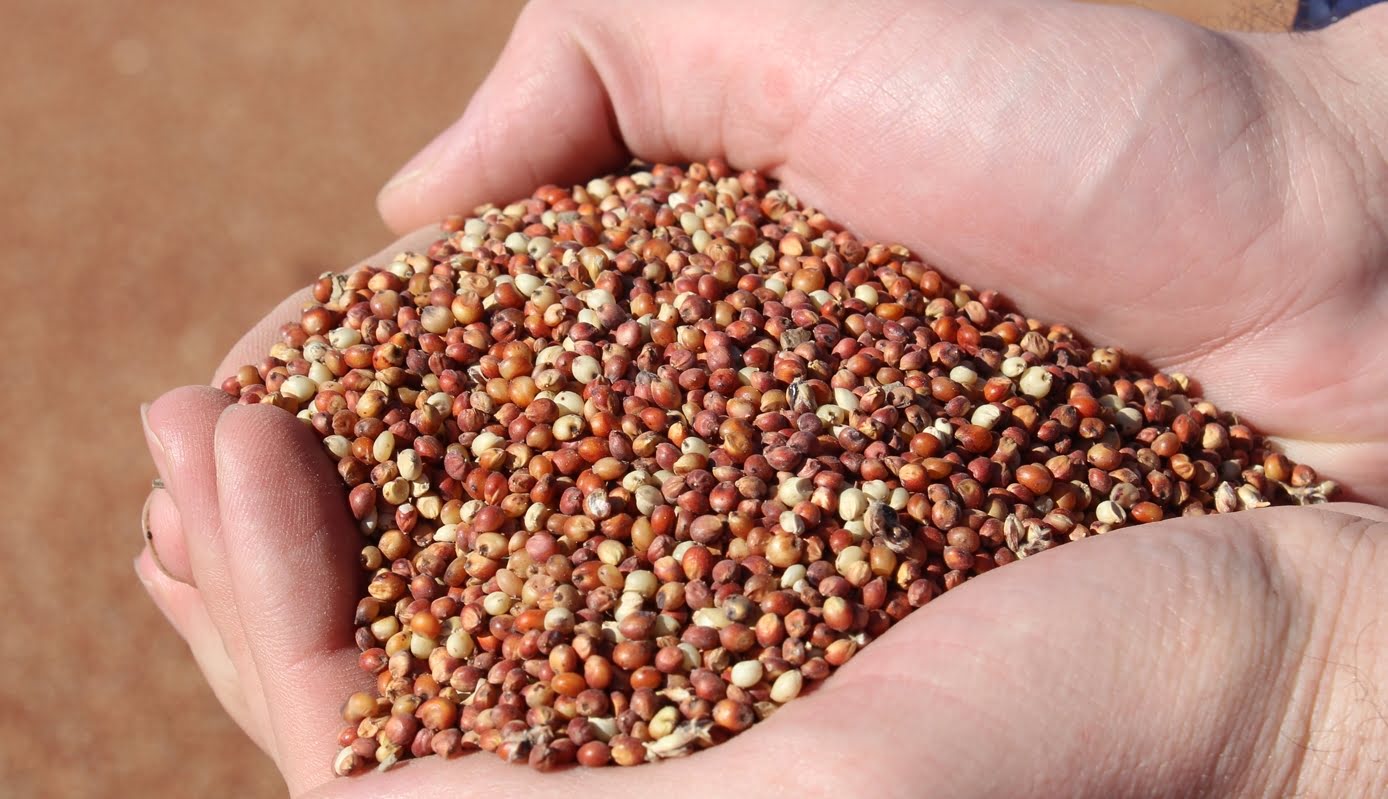
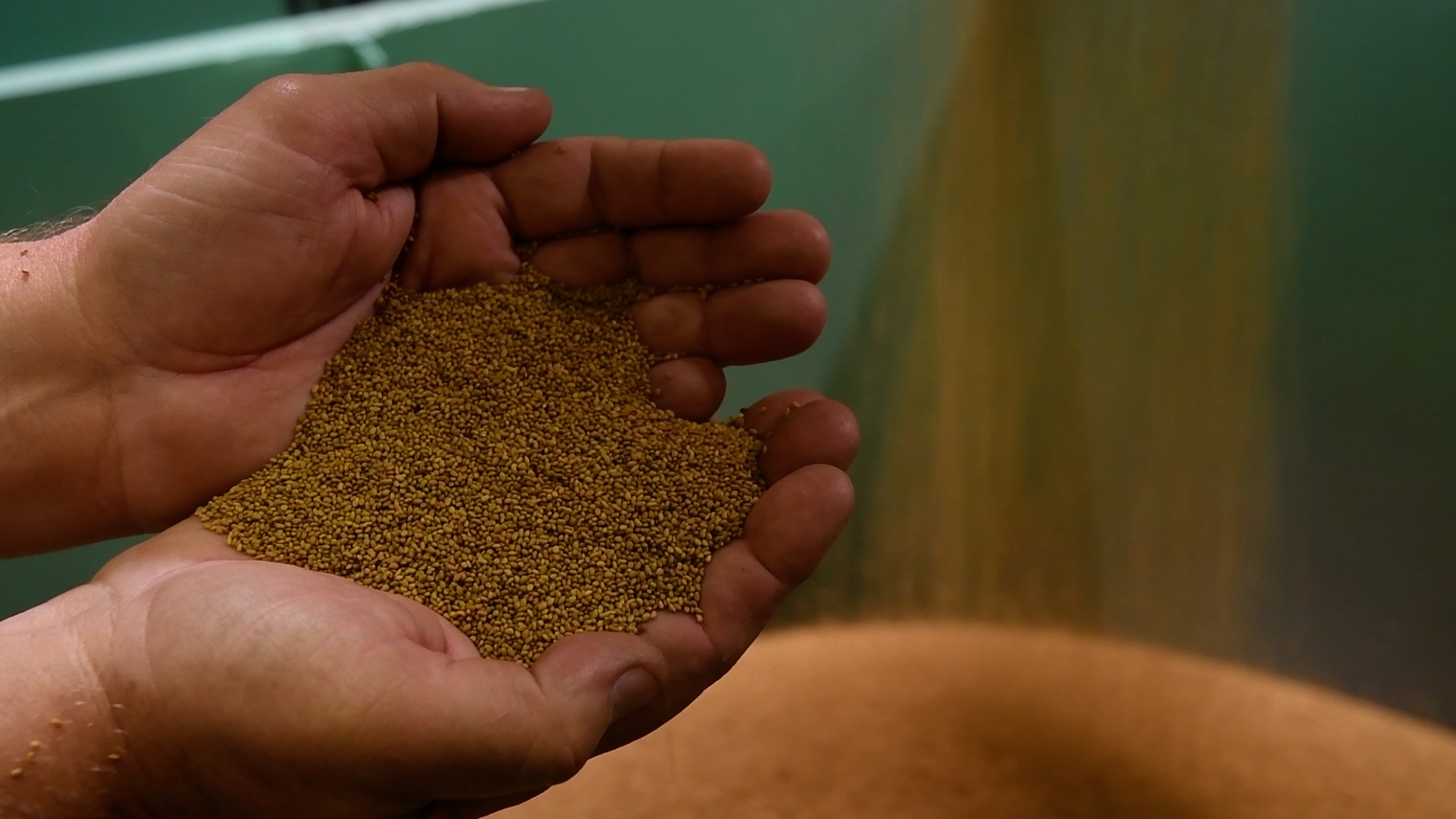
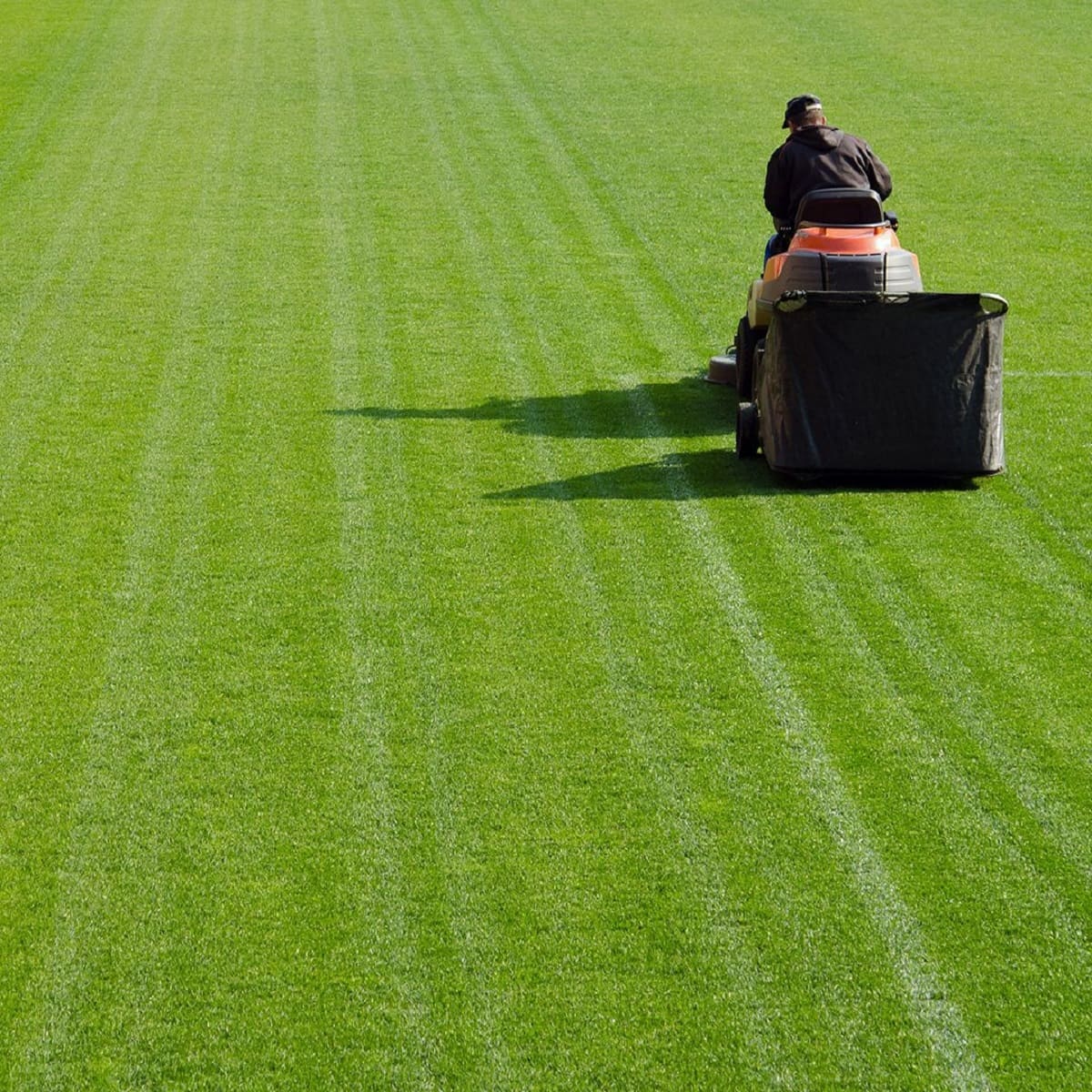


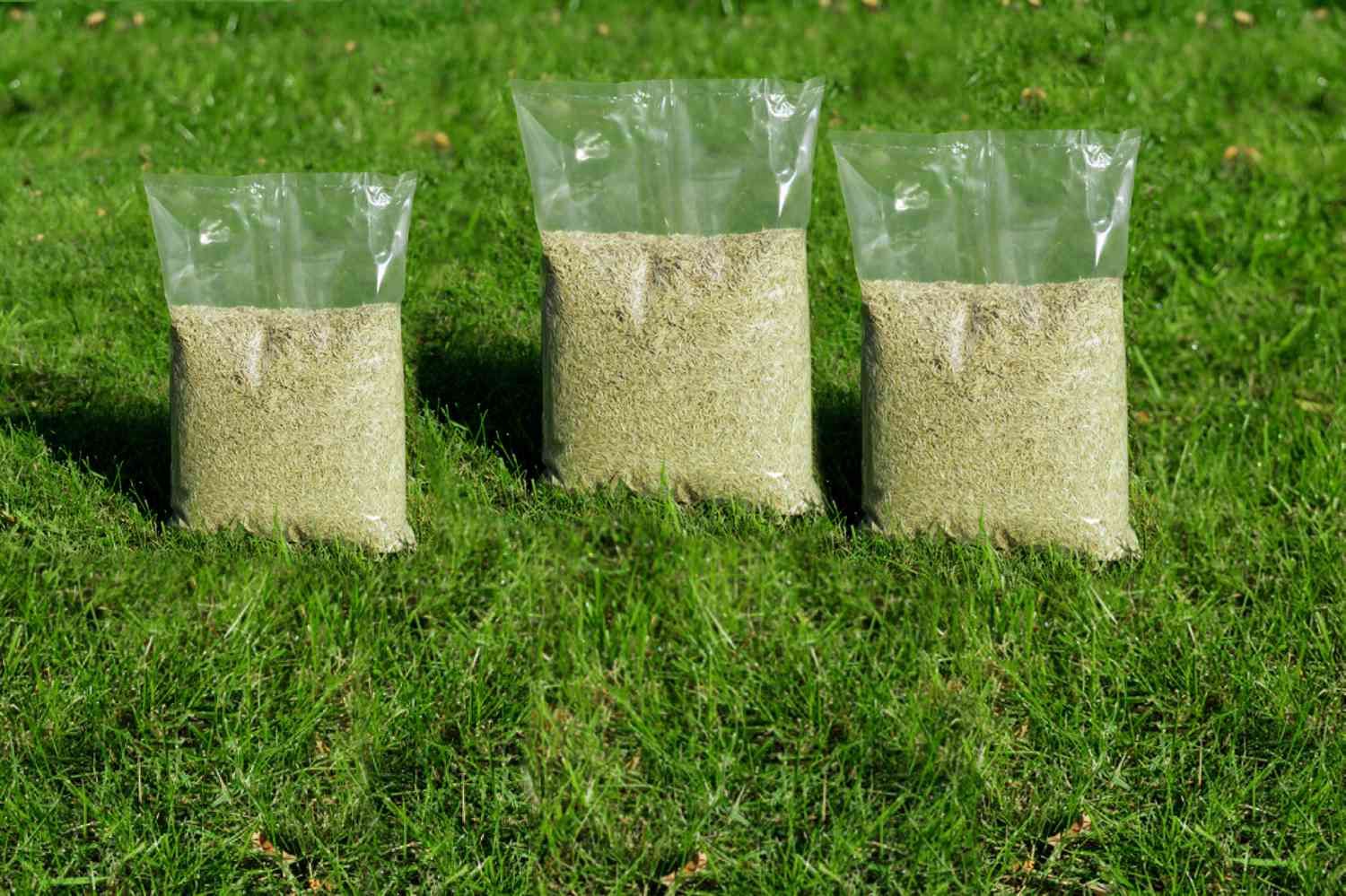
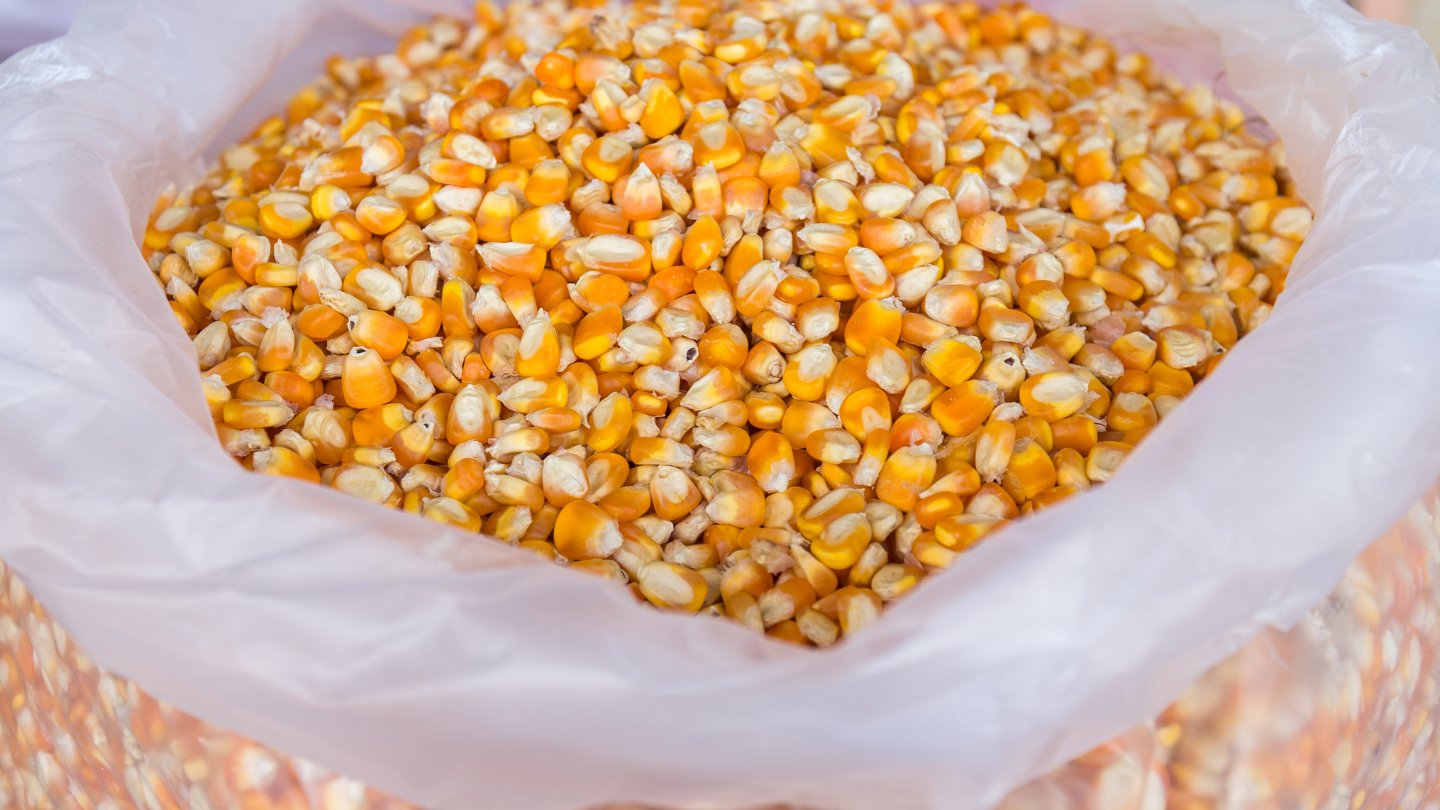
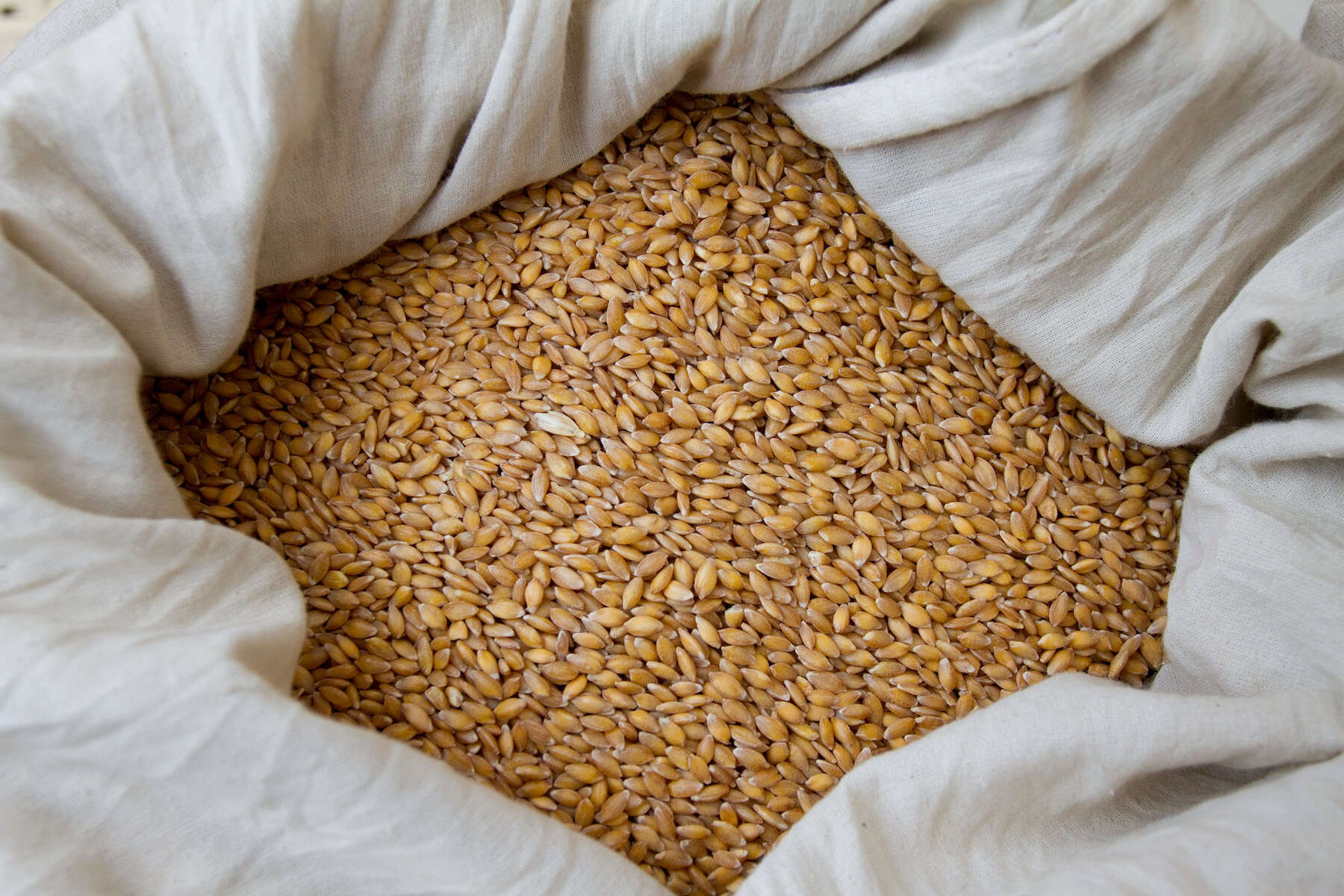
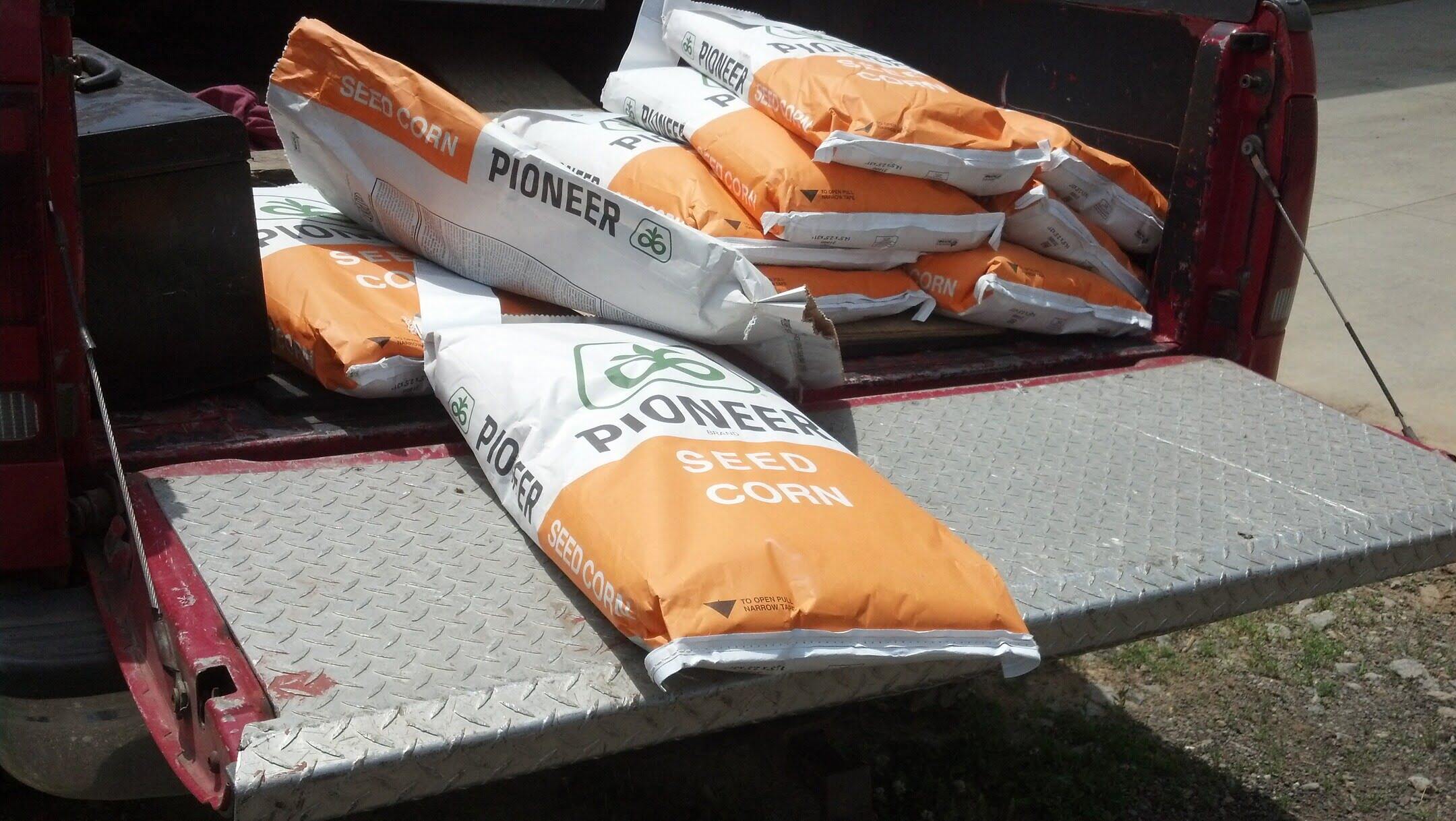

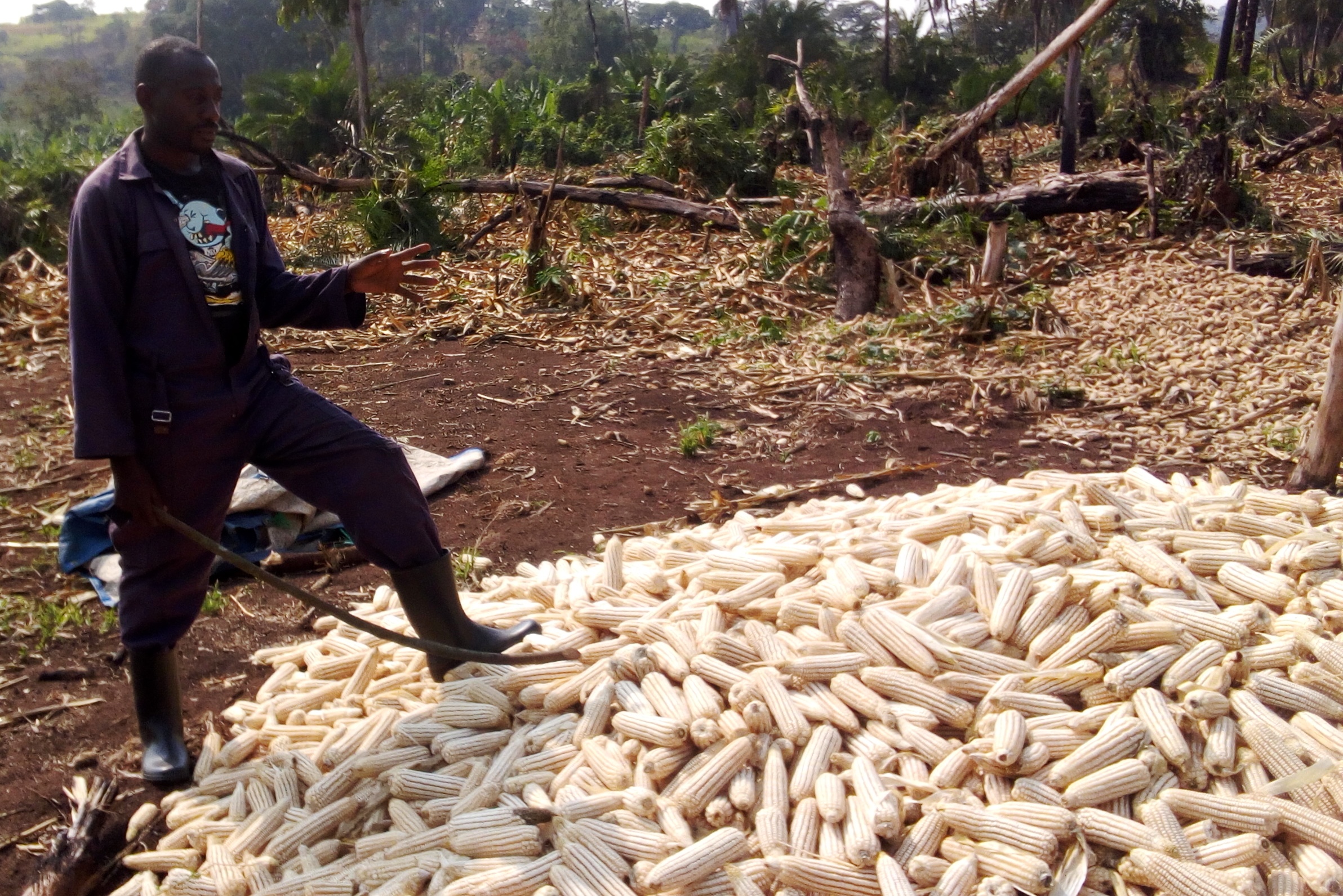
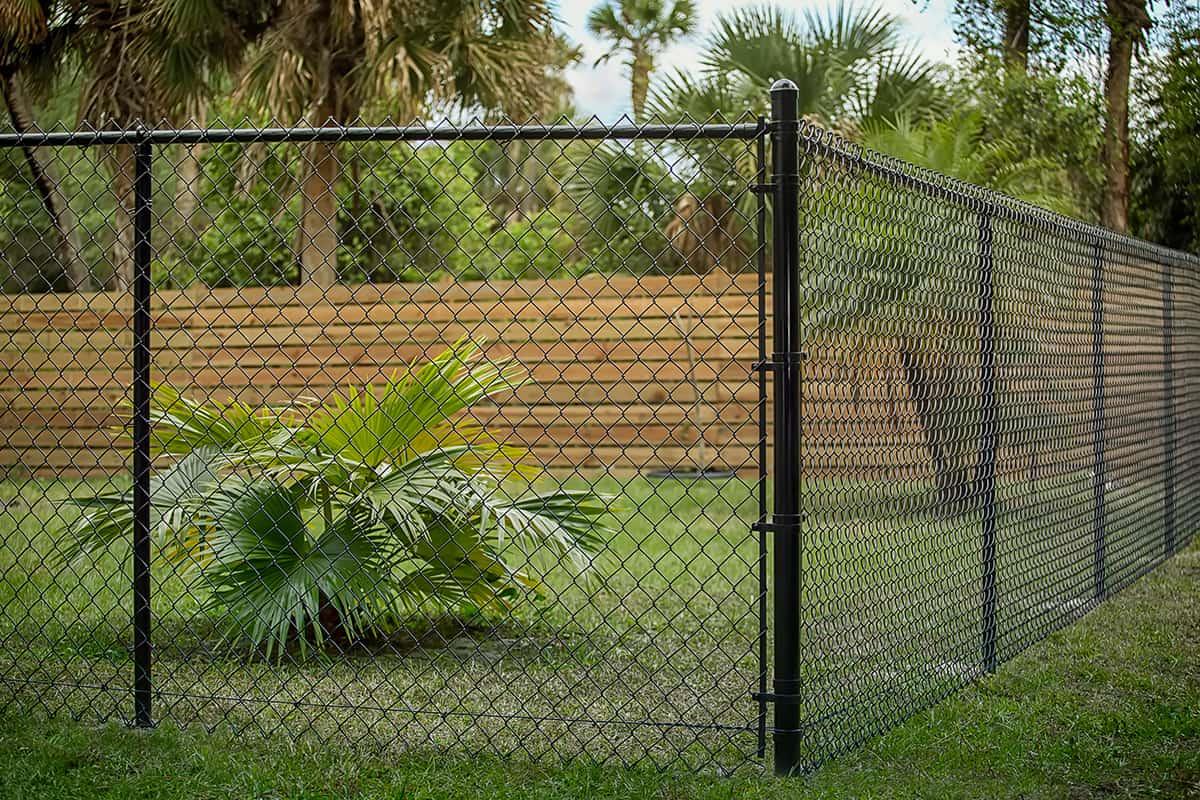
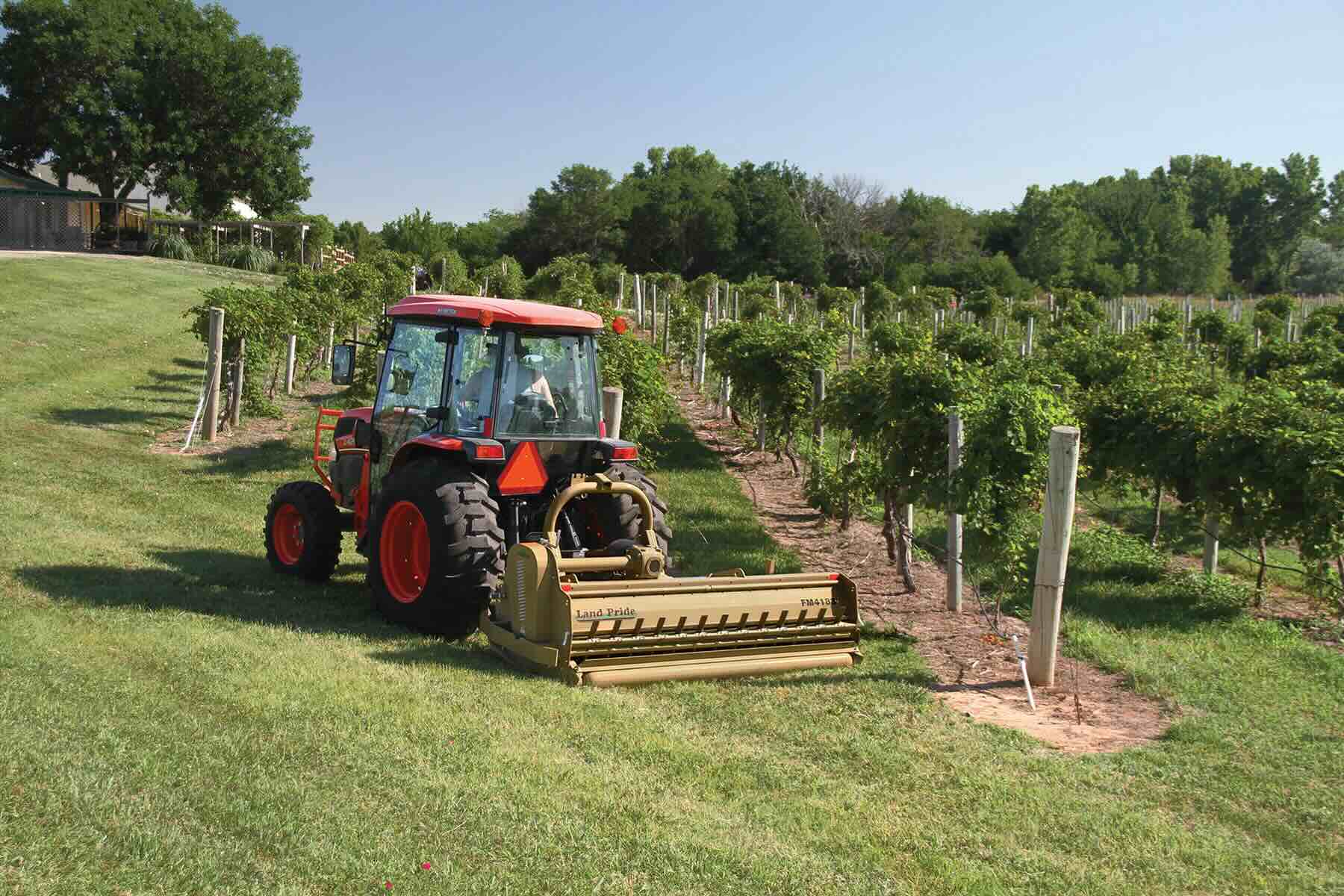


0 thoughts on “How Much Grass Seed For 1/2 Acre”